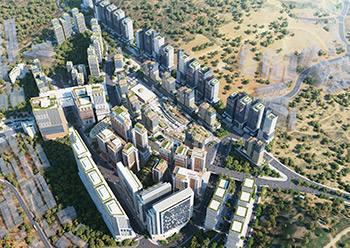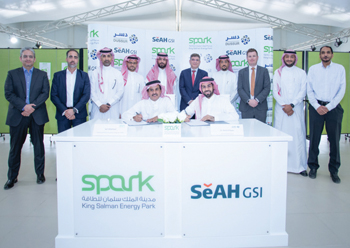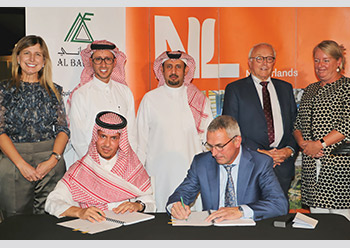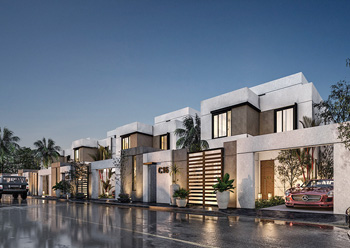
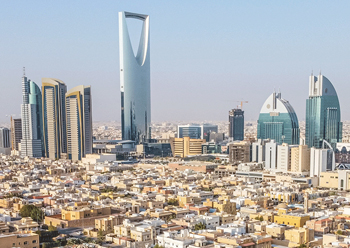 Riyadh is poised to undergo explosive growth.
Riyadh is poised to undergo explosive growth.
The total value of real estate and infrastructure projects since the launch of Saudi Arabia’s National Transformation Plan in 2016 has crossed $1.1 trillion, according to global real estate consultancy Knight Frank.
Faisal Durrani, Partner – Head of Middle East Research, said: “With over 555,000 residential units, more than 275,000 hotel keys, in excess of 4.3 million sq m of retail space and over 6.1 million sq m of new office space expected by 2030, the planned construction in the kingdom will easily make Saudi Arabia the largest construction site the world has ever known.
“What’s more, healthcare, education and wellbeing sit at the core of the transformative plans, which will contribute to an extraordinary evolution in the kingdom’s physical realm, making it unrecognisable from what we see today by the end of the decade,” he said.
Harmen de Jong, Partner – Head of Real Estate Strategy & Consulting, Saudi Arabia, added: “We are currently tracking 15 giga projects in various phases of construction around the kingdom, many of which are new stand-alone super-cities in their own right. Neom remains the largest giga-project announced to date, and it has been recently publicised that it will house nine million residents on completion across an estimated 300,000 new homes. However, just $7.5 billion of sub-projects have been commissioned thus far, with construction progress of this tranche of projects standing at 29 per cent.”
Away from Neom, the $20-billion Diriyah Gate is one of the kingdom’s other colossal projects. The city-sized historic district of Diriyah will add 20,000 homes to Riyadh’s residential stock by the time it is completed in 2027.
Knight Frank estimates that 46 per of construction has been completed on the $5 billion spent so far. In a recent survey of 1,000 households across Saudi Arabia, Diriyah Gate was named as the third most popular giga project amongst Saudi respondents as a place to own a home, behind the Red Sea Project (second) and Neom (first).
Riyadh itself is poised to undergo explosive growth, with the population projected to close in on 17 million by 2030, up from around 7.5 million today. To meet this ambitious growth target, the city has seen real estate projects worth $104 billion unveiled over the last six years.
Sustainability is a key theme for Riyadh too, Knight Frank says, citing recent plans for the 10 sq km Alnama Smart City, which will be the capital’s first zero-carbon city, housing some 44,000 people when completed.
Durrani continued: “Not to be outdone, Riyadh’s repositioning as a commercial nerve centre of the kingdom is well under way. And businesses from the world over are already clamouring to be at the centre of the Middle East’s second and much-needed global hub. Indeed, with Grade A office occupancy levels across the city hovering at around 97 per cent, the planned development of a further 2.8 million sq m of world class office space couldn’t come sooner. The city is also attracting a huge number of internal migrants and with readily available support to get on the housing ladder, house prices are rising rapidly and currently stand some 26 per cent higher than this time last year.”



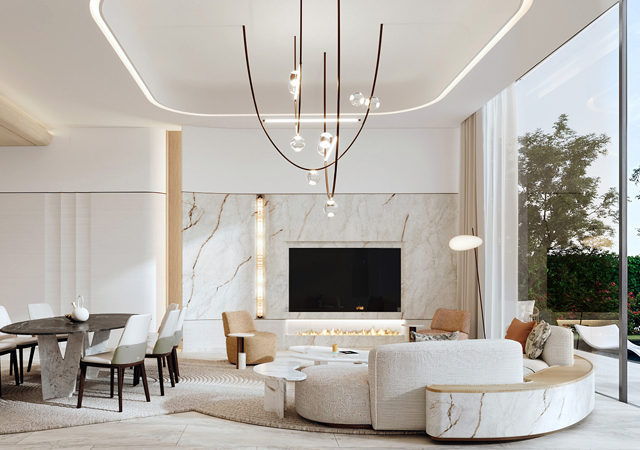
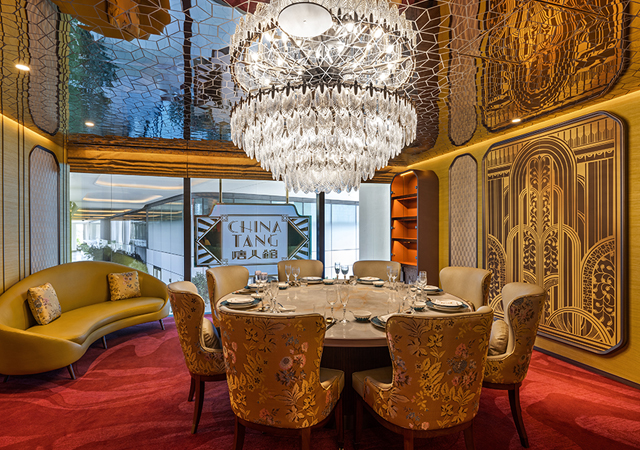

.jpg)




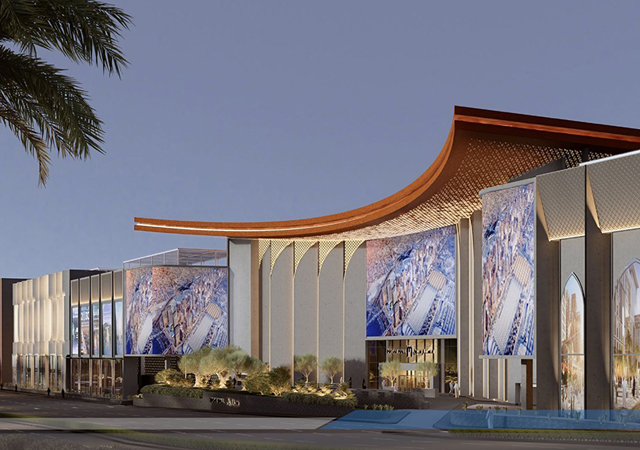


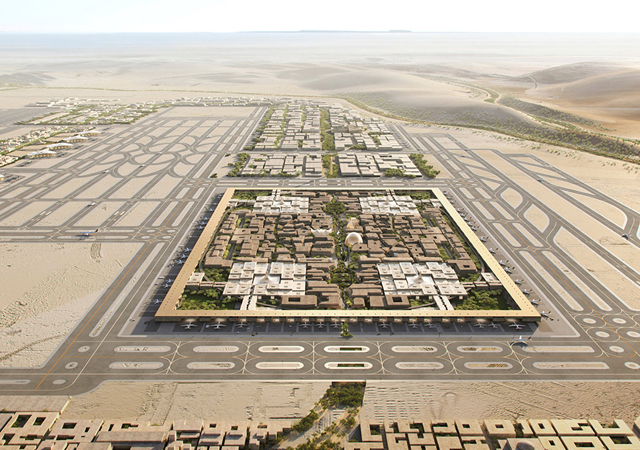
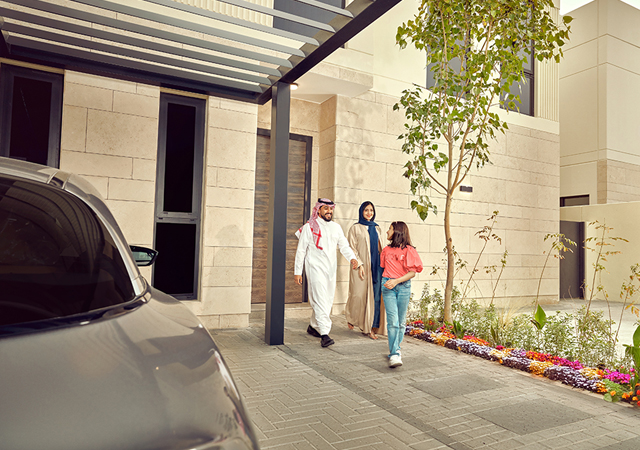
.jpg)
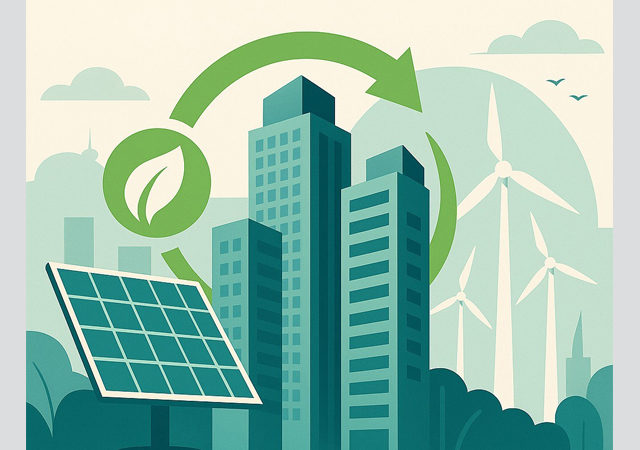



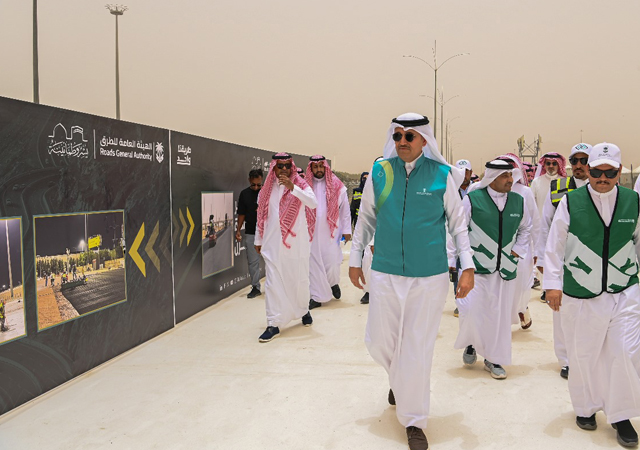
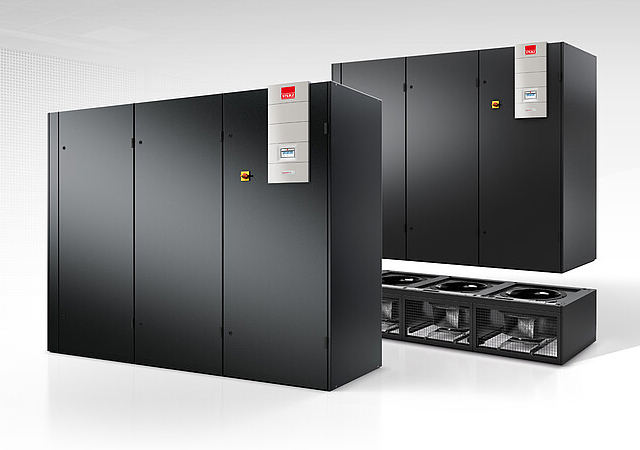


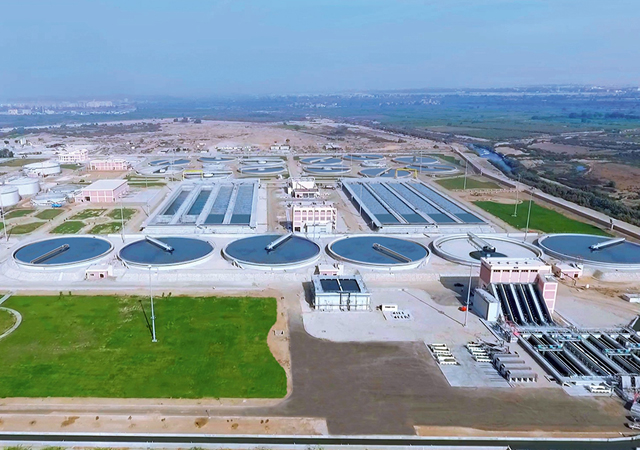
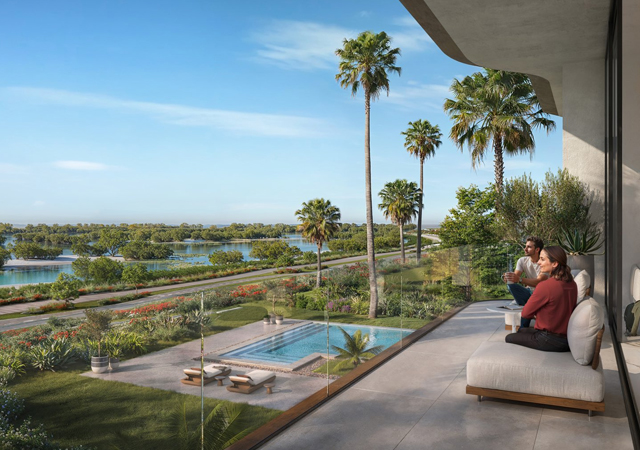
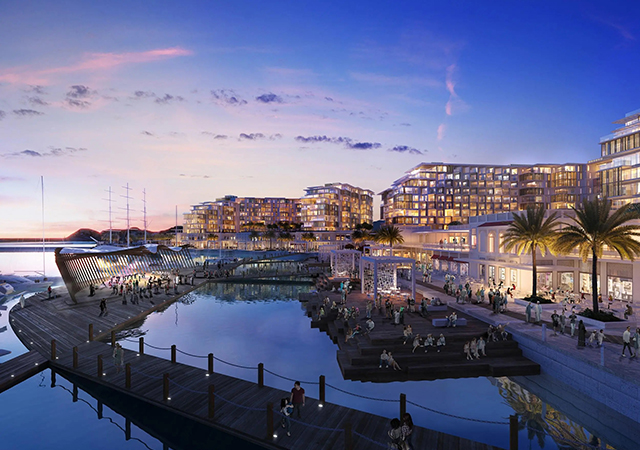
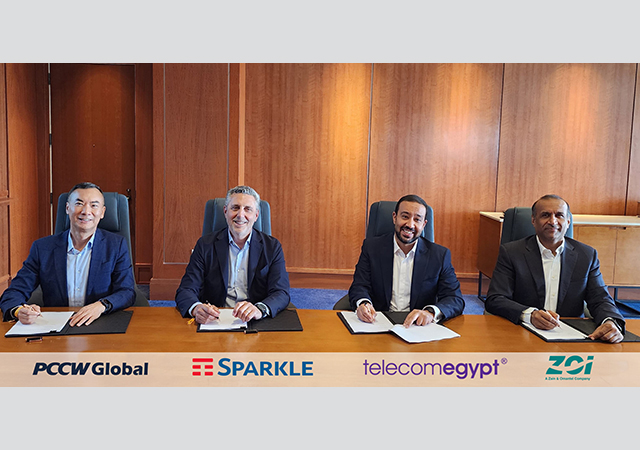
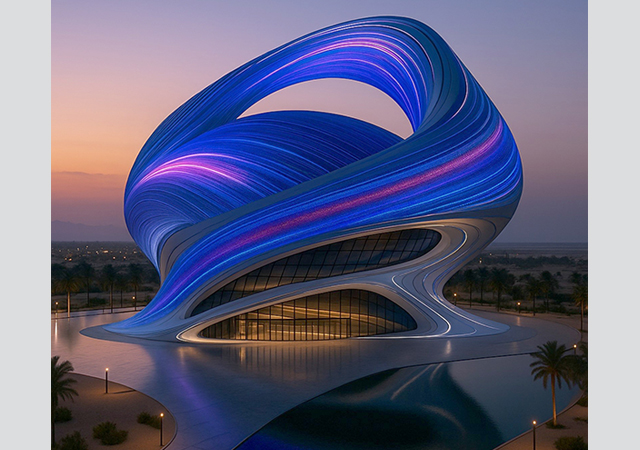


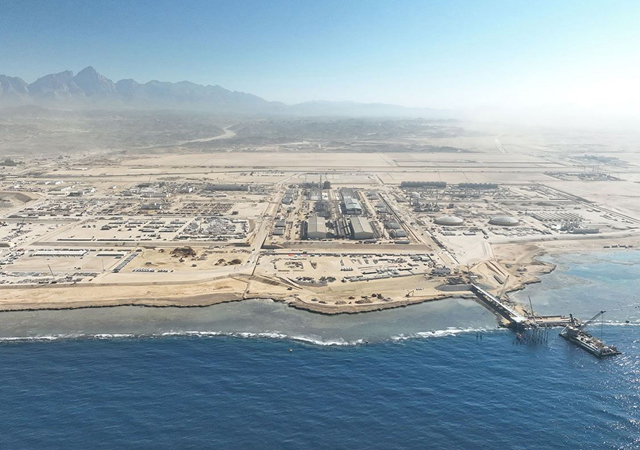
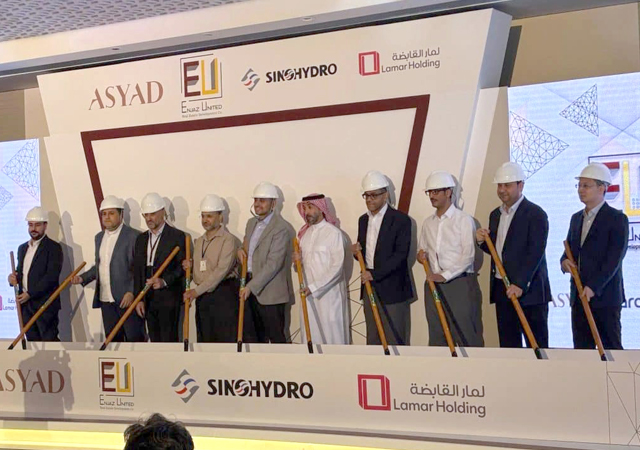
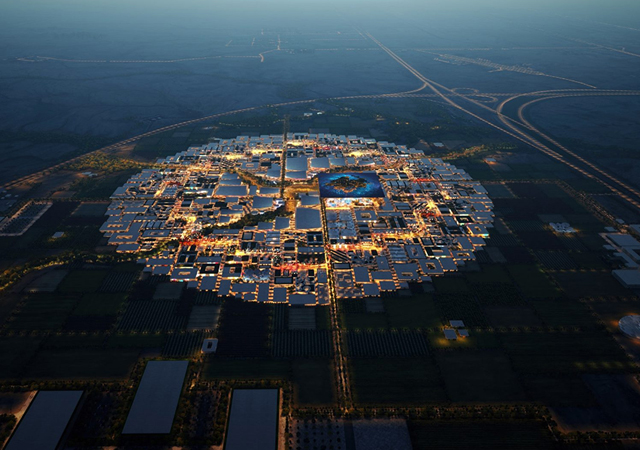
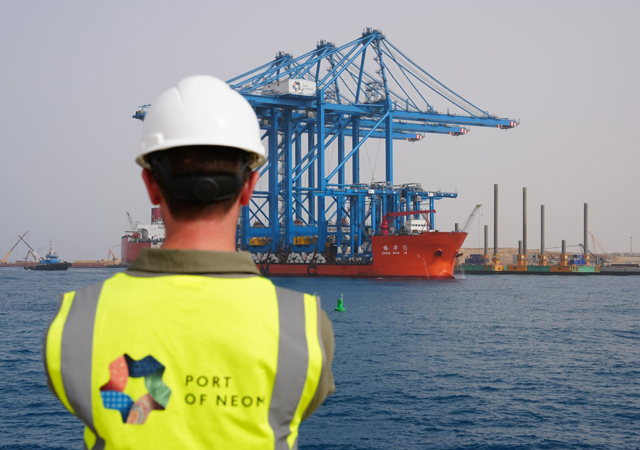
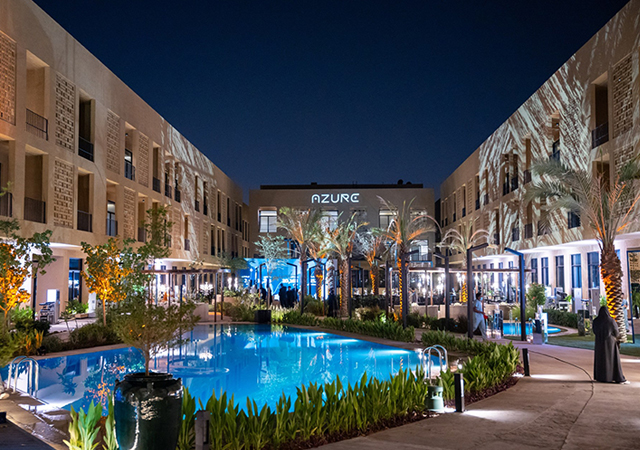
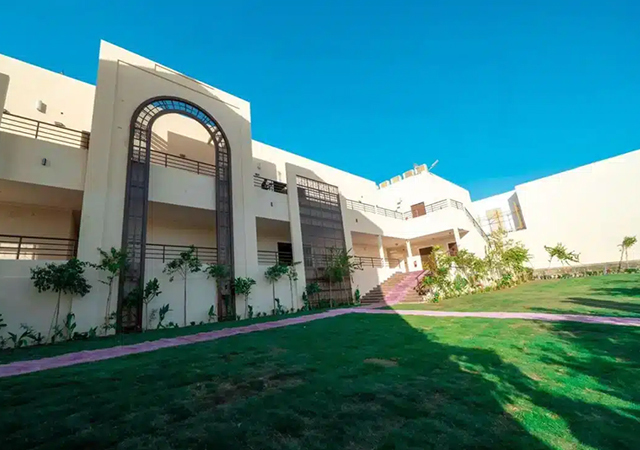

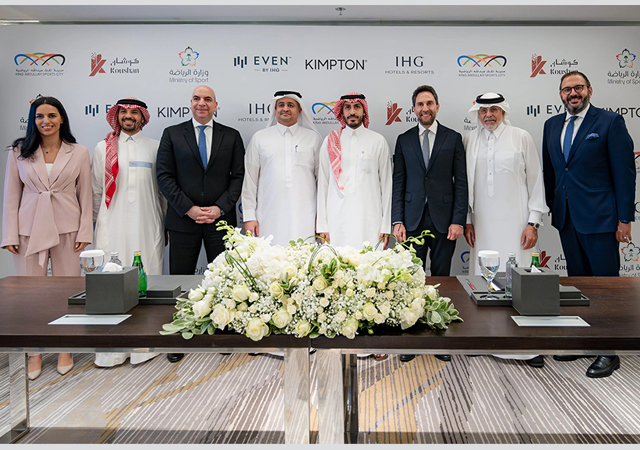
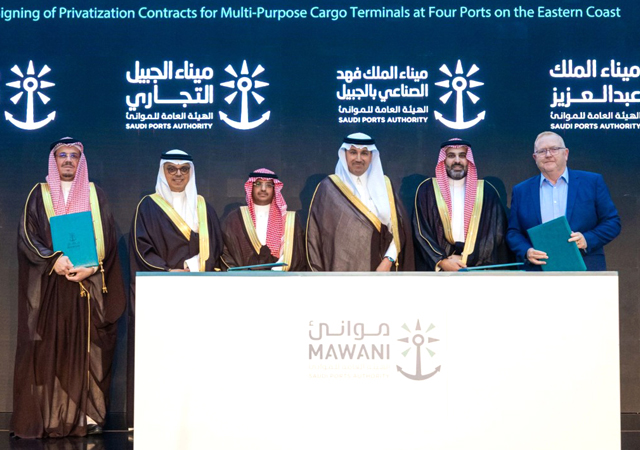
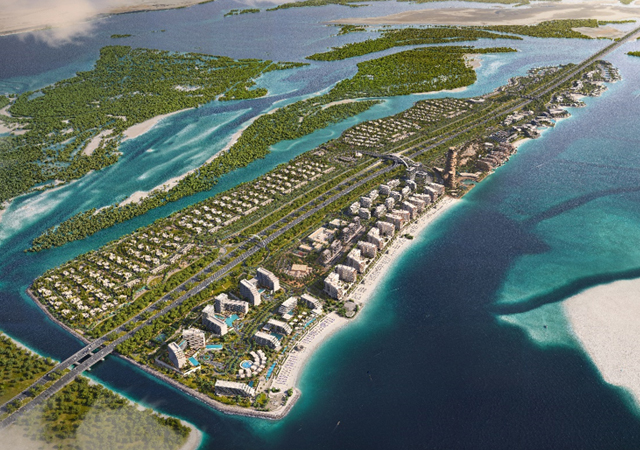
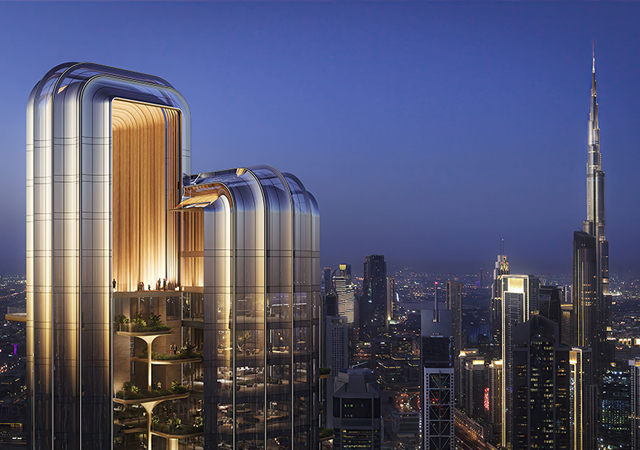
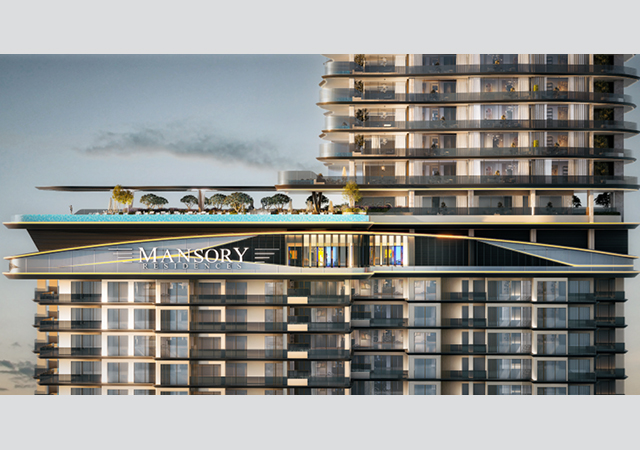


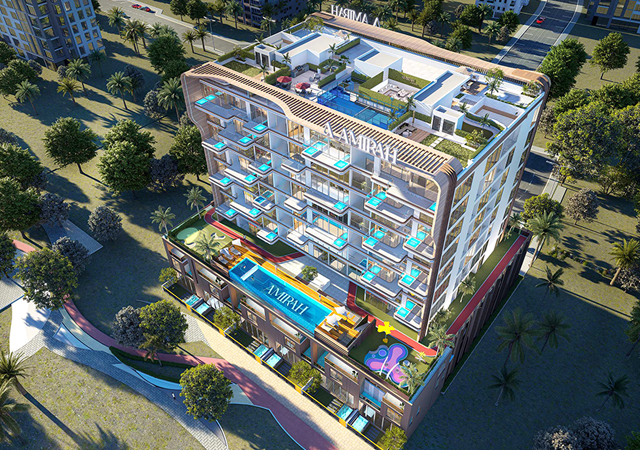
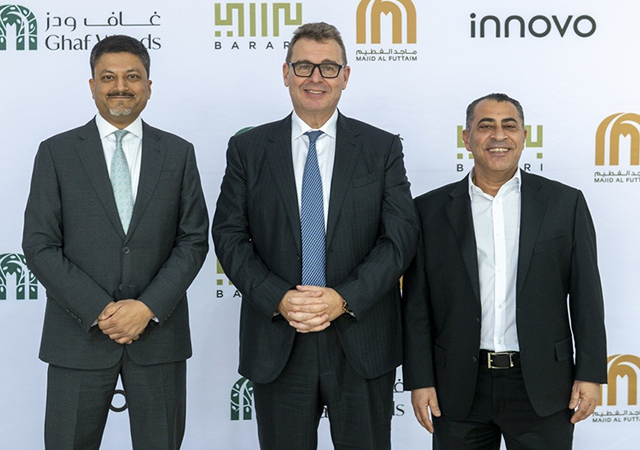
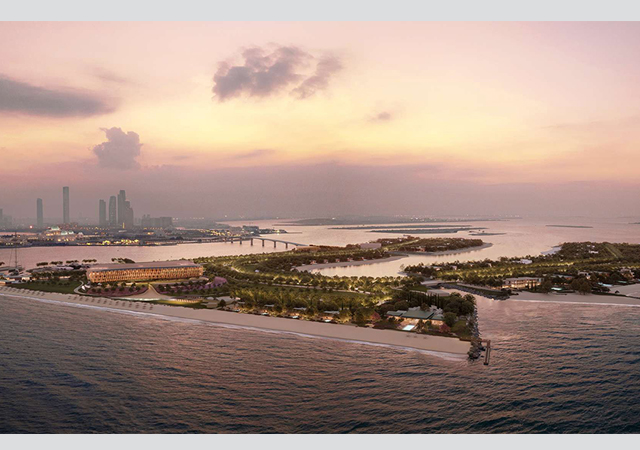
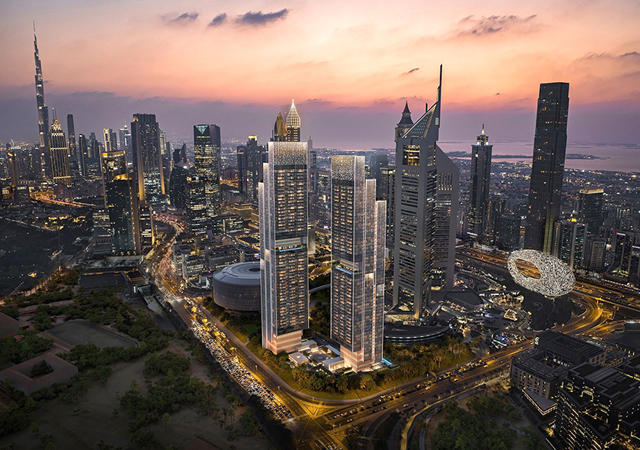
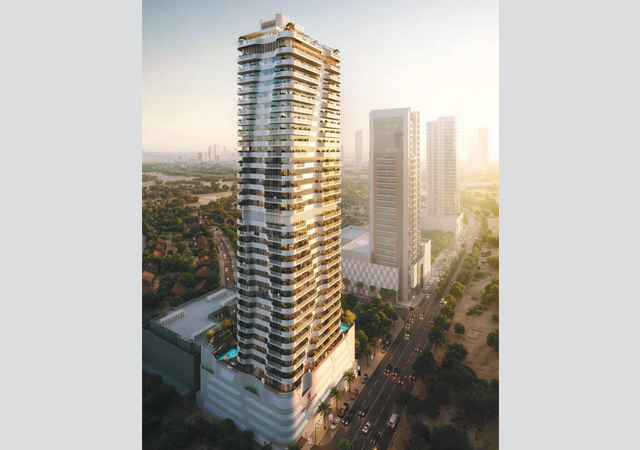
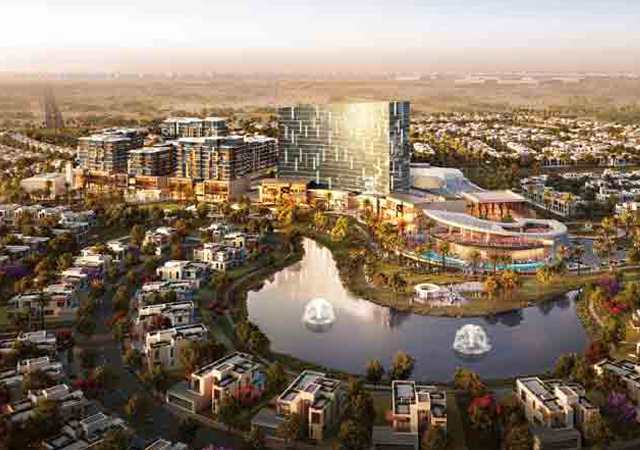
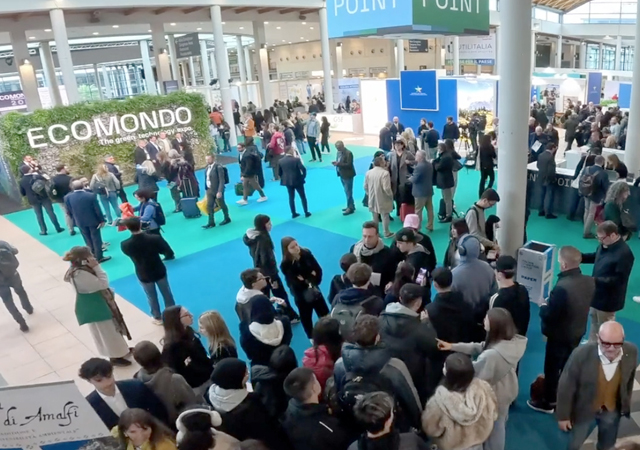
.jpg)


